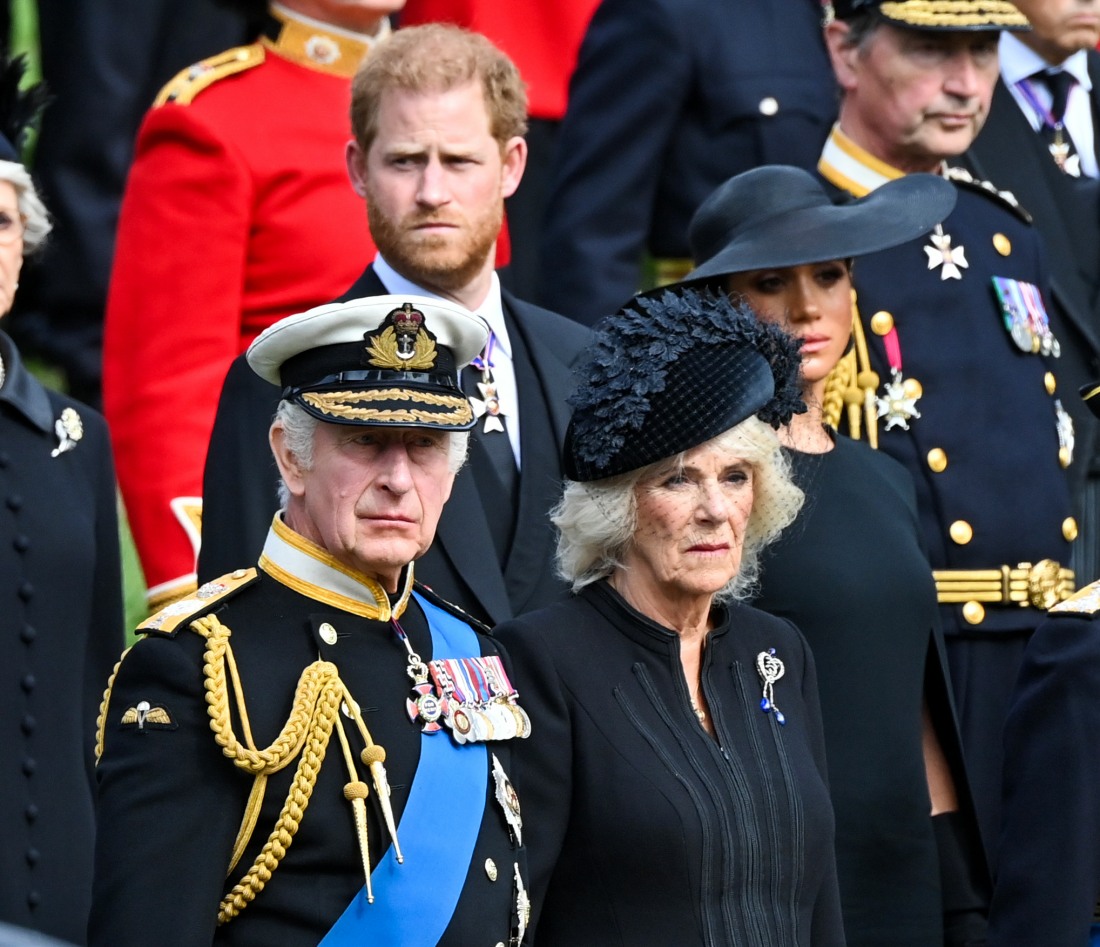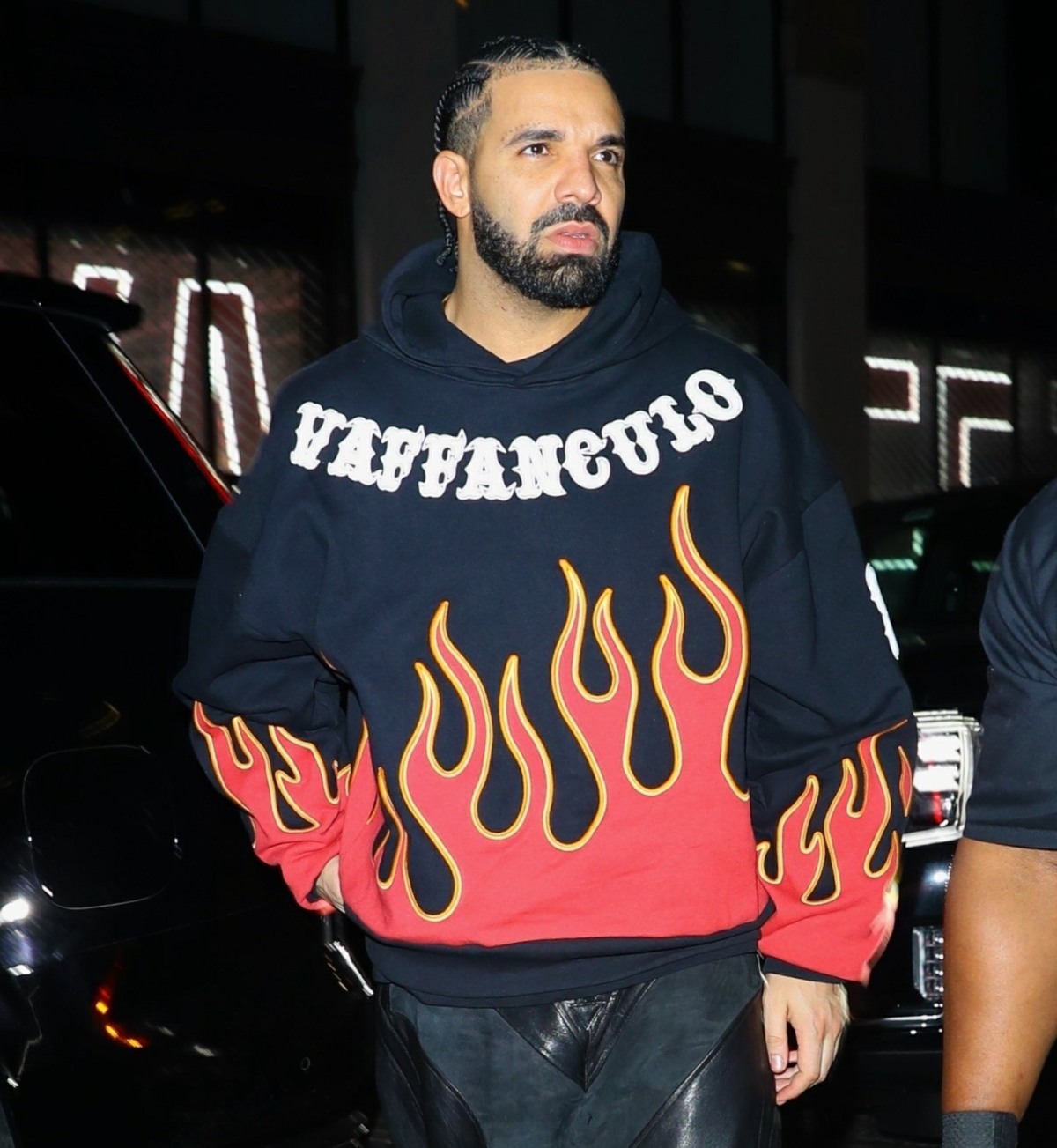ARTICLE AD
EXCLUSIVE: The Easterseals Disability Film Challenge (EDFC) has created the first ever disability loop group. The group was launched with a recent EDFC workshop held on the Sony Pictures Entertainment (SPE) studio lot that included coaching, feedback and advice from animation executives. SPE has been a key sponsor and host of EDFC for six years.
A loop group is a group of actors involved in recording audio for edited programming during post-production. Loop groups provide background noise and audio clips that enrich the soundscape in films, television shows, video games and commercials. Loop groups bring video-based projects to life by creating atmosphere and lending a sense of authenticity.
The initiative follows the casting of EDFC founder and director Nic Novicki as Lego Spider-Man and longtime Film Challenge participant Danielle Perez as Sun-Spider in Columbia Pictures/Sony Pictures Animation’s Oscar-nominated and critically acclaimed film, Spider-Man: Across the Spider-Verse. Both Perez and Novicki are actors with disabilities who were recommended for their roles in the film by Academy Award winning writers/producers Phil Lord and Chris Miller, longtime supporters of the Film Challenge.
In addition to Novicki and Perez, the loop group consists of other talented actors who have a disability and are all experienced as voice over artists in addition to acting careers and who have previously worked on such hit Sony Pictures TV shows as Loudermilk, The Good Doctor, S.W.A.T., L.A.’s Finest, Atypical, Mad Dogs and Drop Dead Diva. Members to date include Domonique Brown, Sommer Carbuccia, Francine Daniels, Tobias Forrest, Eileen Grubba, Diana Elizabeth Jordan, Gwyn LaRee, Mark Povinelli, Natalie Trevonne and Kurt Yaeger.
“Bringing together the world’s first disability loop group to learn skills from some of the top entertainment professionals in the world will lead to jobs for more people with disabilities, which is the sole goal of the Film Challenge,” said Novicki. “This opportunity not only allows us to authentically portray our disabilities on screen, but to be featured in non-traditional roles. Thank you to Sony Pictures for their continued support over the years and for hosting the inaugural group on the lot and for providing such invaluable advice!”
According to the CDC, 25% of U.S. residents, more than 61 million people, have a disability, making it today’s largest minority population. Yet, according to a study released last summer by USC’s Annenberg Inclusion Initiative, the number of speaking characters with a disability in a major film was just 1.9% in 2022. GLAAD also published a report in 2022 which found that only 2.8% of series regulars on primetime broadcast TV (22 of 775) were characters with disabilities. And per the most-recent Ruderman Family Foundation study, about 95% of characters with disabilities in Hollywood’s top films and TV shows are played by able-bodied actors.

.png) 9 months ago
48
9 months ago
48 

